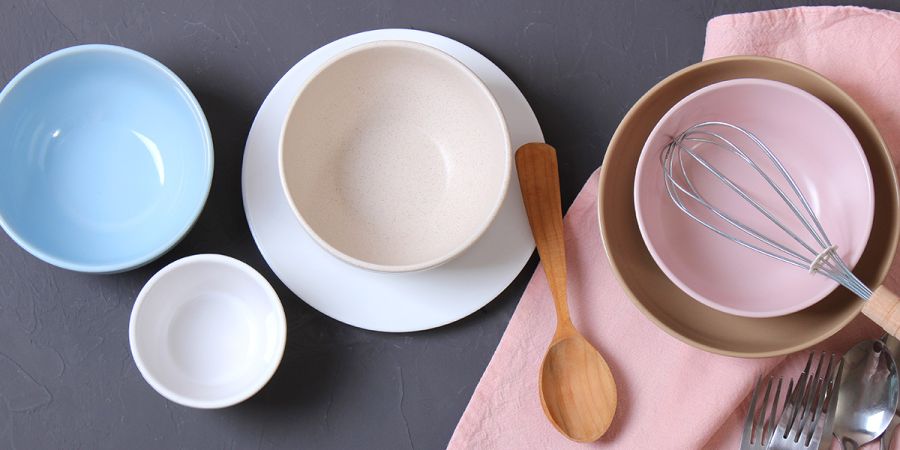
How to ensure food contact safety of ceramic tableware?
The food contact safety of ceramic tableware refers to the assurance that ceramic materials do not release harmful substances when in contact with food or beverages, thus ensuring the health and safety of users. Several factors contribute to the food contact safety of ceramic tableware:
1. Glaze Composition

The glaze, a glass-like coating on the surface of ceramics, enhances shine and water resistance. Ensuring that the glaze is free of harmful substances such as lead and cadmium is crucial for food contact safety. These toxic elements, if present, could leach into food, especially under acidic or high-temperature conditions. Modern ceramic tableware typically uses lead-free and cadmium-free glazes that comply with international food contact material standards.
2. Firing Temperature

Ceramic tableware must be fired at sufficiently high temperatures, typically between 1200°C and 1400°C (2192°F to 2552°F). This process ensures that the glaze fully matures, forming a stable, glassy layer that prevents the release of harmful substances. If the firing temperature is too low, the glaze may not cure properly, increasing the risk of contamination when in contact with food.
3. Food Safety Testing

High-quality ceramic tableware usually undergoes rigorous food safety testing to determine if it releases any harmful substances when in contact with food. These tests are often conducted according to international or national standards, and certified products are labeled as food-safe. When purchasing ceramic tableware, it’s important to choose products that have passed these certifications to ensure their safety.
4. Usage Conditions

Even if the ceramic tableware itself is safe, how it is used can affect its food contact safety. It's advisable to avoid using ceramic tableware with extremely acidic or alkaline foods, as these can accelerate the leaching of glaze components. Additionally, sudden temperature changes (e.g., moving from a freezer to an oven) can cause cracks in the glaze, which may compromise its safety.
5. Maintenance of Ceramic Tableware

Regularly inspect ceramic tableware for cracks, chips, or other damages, as these can harbor bacteria or lead to the leaching of harmful substances. Maintaining the integrity of the tableware and replacing damaged items are essential steps to ensure ongoing food safety.